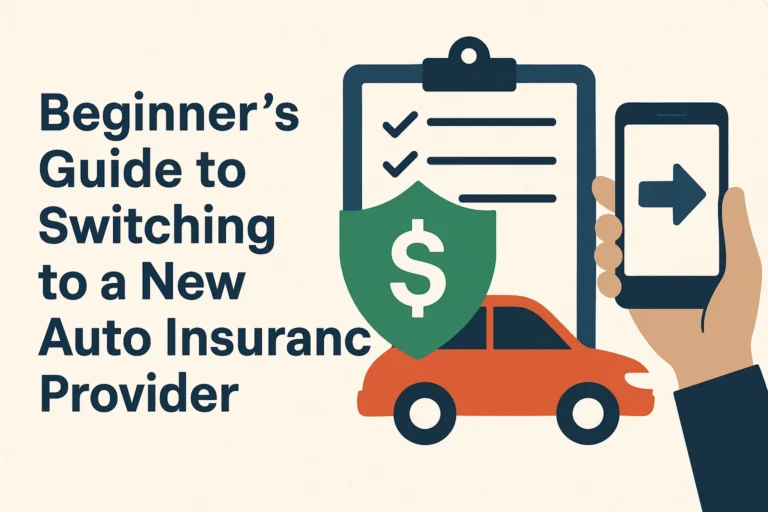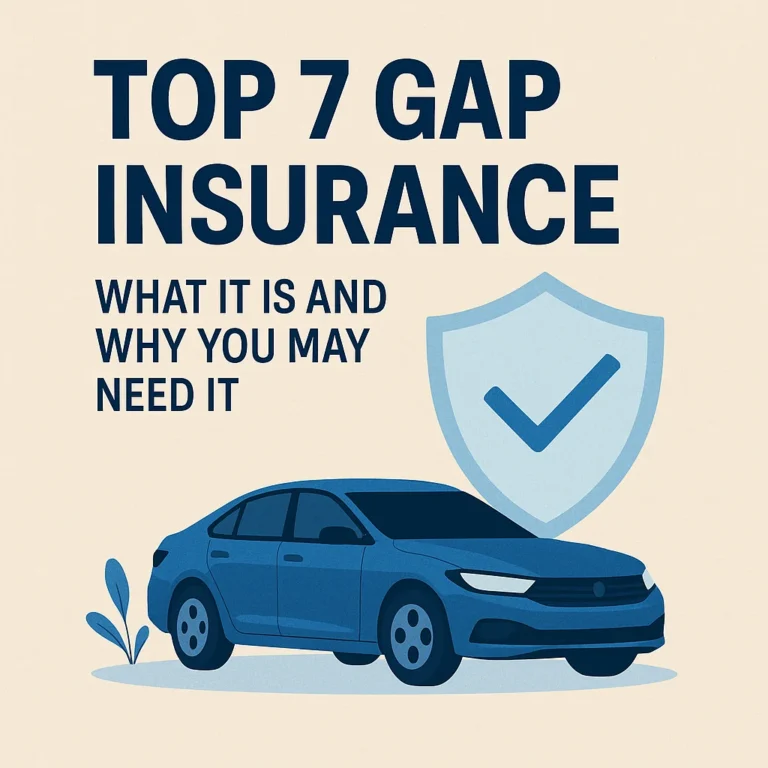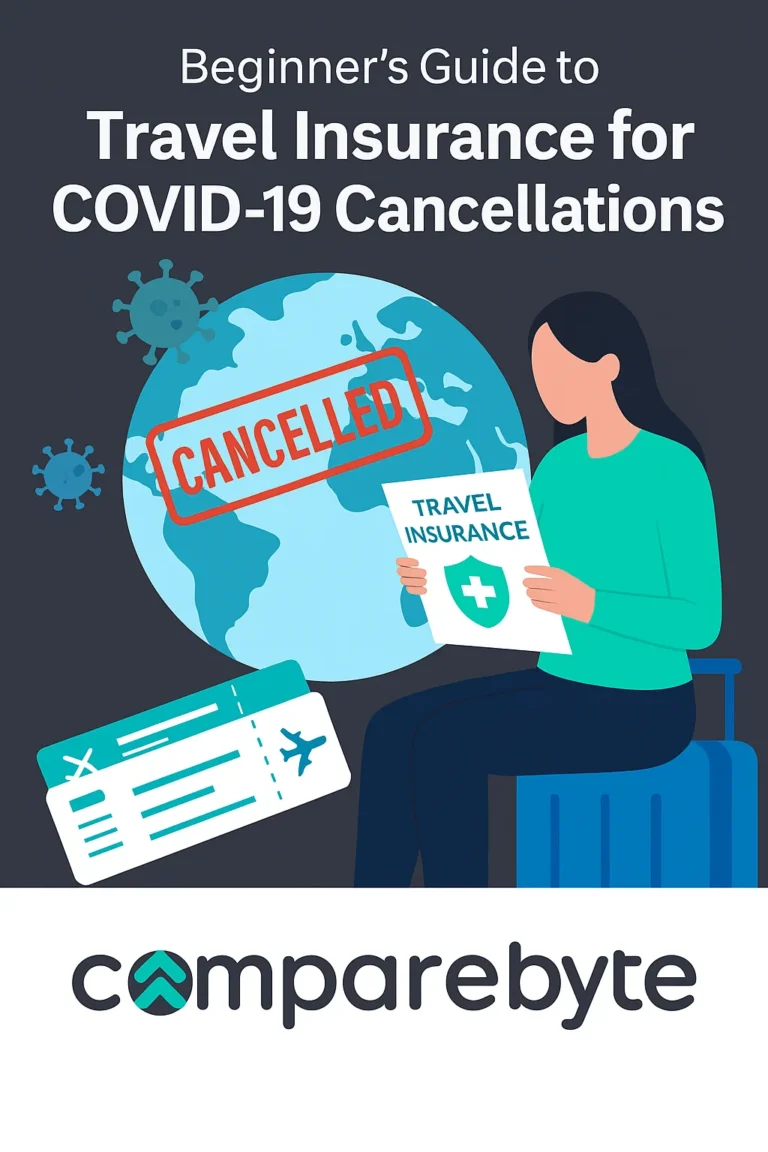Driving in a foreign country can be an exciting adventure, but it also comes with its share of responsibilities and risks. One of the most critical considerations is ensuring you have appropriate insurance coverage. Whether you’re a tourist, a student, or an expatriate, understanding how insurance works for international drivers is vital for your safety and financial protection.
This guide will break down the key components of international auto insurance, explain common challenges, and provide insights into legal and financial expectations. With growing global mobility, the need for comprehensive information in this area has never been more essential.
Understanding the Basics of International Driver Insurance
International driver insurance covers individuals operating vehicles outside their home countries. This type of insurance can vary greatly depending on the destination, purpose of visit, and the driver’s residency status.
Most countries mandate some form of minimum liability insurance. However, international drivers may need additional coverage like personal accident protection, collision damage waivers, and theft protection. These elements ensure you’re protected against high out-of-pocket expenses in case of an accident or theft.
The insurance can be obtained through several channels—car rental agencies, private insurers, or as part of travel insurance packages. Each option has pros and cons depending on the duration of your stay and the nature of your driving.
It’s crucial to understand the difference between short-term and long-term insurance solutions. Travelers and students might prefer flexible options, while expatriates should consider integrating their auto insurance with local providers for continuous coverage.
Short-Term vs. Long-Term Insurance
Short-term policies usually range from a few days to a few months and are ideal for tourists or business travelers. These policies often include collision and liability coverage but may exclude roadside assistance or comprehensive damage protection.
Long-term policies are better suited for students, workers, and residents abroad. These plans offer greater customization, continuity, and often comply with local insurance regulations.
Legal Requirements and Documentation
Each country has its own rules regarding international driver insurance. Understanding the legal framework is vital before getting behind the wheel abroad.
Generally, you’ll need an International Driving Permit (IDP) along with your valid driver’s license. Some countries accept foreign licenses for a limited time; others may require a local license after a certain period.
Insurance requirements also differ. For instance, in the European Union, the Green Card system ensures cross-border coverage, while in the United States, insurance is managed at the state level, leading to variable requirements.
Failing to meet these legal obligations can lead to penalties, denial of claims, or even criminal charges. Always check the host country’s transport or insurance authority websites for up-to-date legal information.
Common Documentation Needed
- Valid Passport
- Home country driver’s license
- International Driving Permit (IDP)
- Proof of insurance
- Rental agreement (if applicable)
Cost Considerations
The cost of international driver insurance depends on multiple factors such as country, coverage type, driver history, and duration. Premiums for short-term policies tend to be higher per day due to the added risk perceived by insurers.
In countries with high accident rates or theft, premiums might be substantially higher. Likewise, inexperienced drivers or individuals under 25 years of age often face surcharges.
Below is a comparison of typical daily insurance rates in selected regions:
| Region | Cost (USD) | Includes Liability |
|---|---|---|
| Europe (France, Germany) | $12 – $18 | Yes |
| United States | $15 – $25 | Varies by State |
| Asia (Japan, South Korea) | $8 – $20 | Yes |
Annual policies are significantly cheaper on a per-day basis. For long stays, it is cost-efficient to partner with local providers or use expat insurance platforms.
Insurance Options for Different Driver Profiles
Tourists
Tourist drivers often opt for insurance bundled with car rental packages. While convenient, these packages can be more expensive and might include unnecessary add-ons.
International Students
Students staying more than six months should explore policies from local insurers or international student insurance platforms like International Student Insurance.
Expatriates
Expats who register vehicles abroad are usually required to purchase local insurance. Some countries mandate third-party insurance for registration.
Benefits and Limitations
| Benefit | Limitation |
|---|---|
| Coverage across countries | May not include roadside assistance |
| Legal protection and peace of mind | Can be expensive for short trips |
| Customizable plans | Complex claim processes abroad |
Conclusion and Summary
Understanding how insurance works for international drivers can save you money, time, and legal complications. Whether you’re planning a vacation, studying abroad, or relocating for work, the right insurance policy ensures you’re protected in unfamiliar territories.
Be proactive: compare options, read the fine print, and consult local authorities. Smart planning starts with awareness.
For more insights, check out these related resources: Types of Auto Insurance Coverage and International Travel Safety Tips.
Also visit trusted providers like GEICO International Insurance and Allianz Travel Insurance for quotes and guidance.
Frequently Asked Questions (FAQ)
Is my domestic insurance valid abroad?
In most cases, no. However, some policies offer limited international coverage. Always verify with your provider before traveling.
What happens if I get into an accident?
You must contact your insurance provider immediately, document the scene, and comply with local legal procedures.
Can I buy insurance after arriving in a foreign country?
Yes, many providers offer coverage after arrival, but buying in advance ensures compliance and avoids delays.






